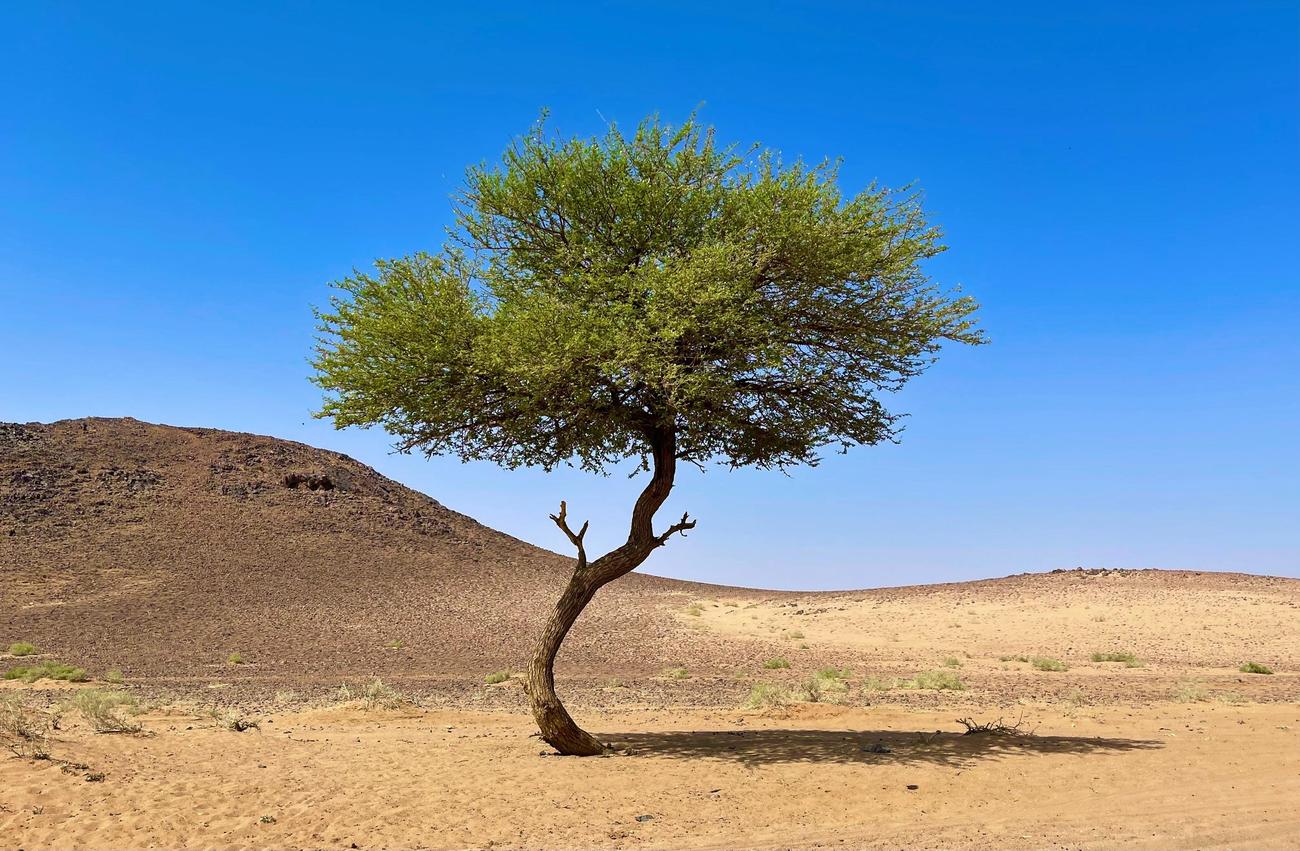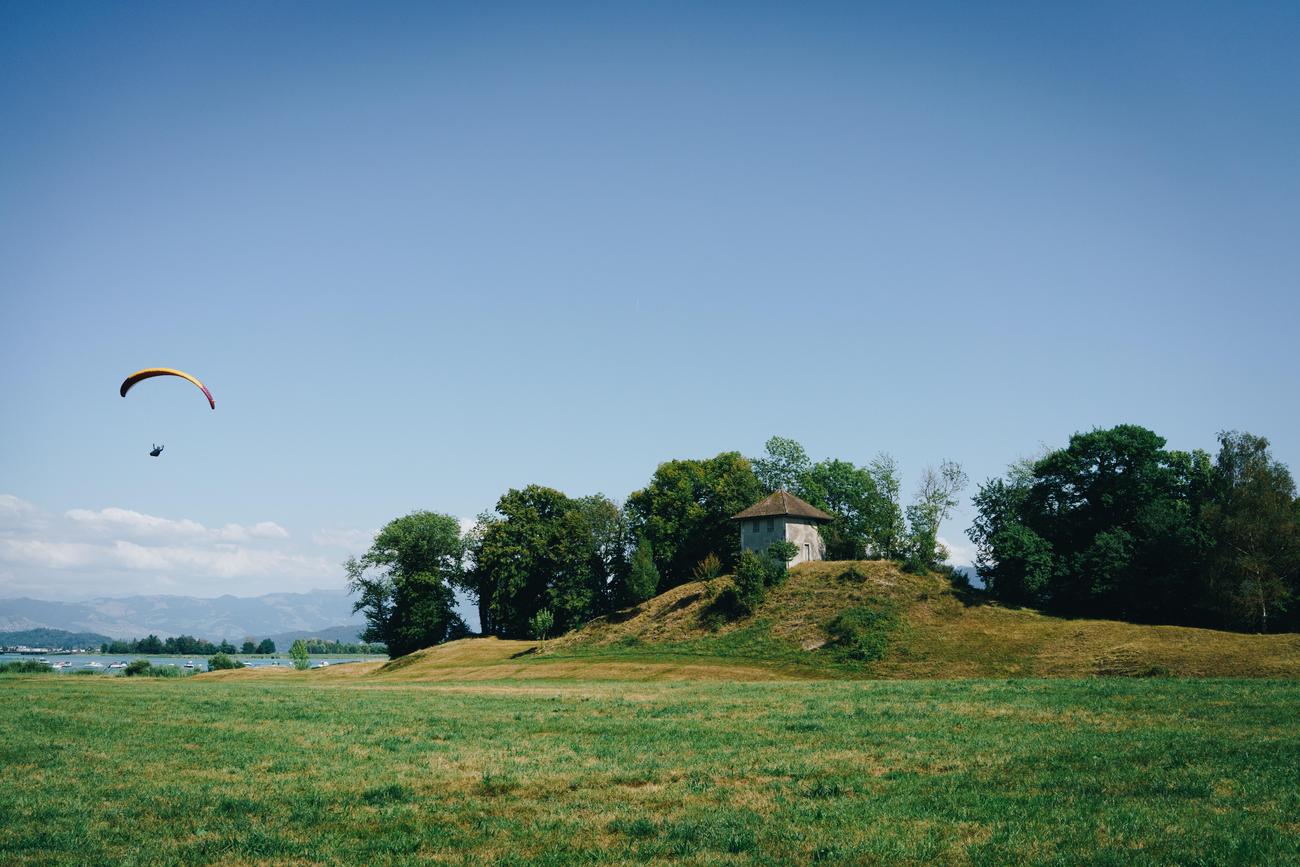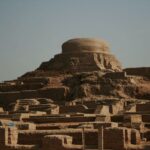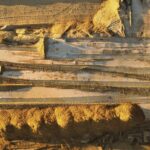Get ready to delve into the captivating world of termite mounds as we unveil fascinating ecological insights in this article. Brace yourself for an exploration of the mesmerizing wonders that lie within these enigmatic structures. From their intricate construction to their vital ecological role, we will unravel the secrets of these incredible termite mound formations. Prepare to be amazed by the remarkable facts and phenomena surrounding termite mounds as we embark on a journey into the realm of these remarkable insect architects.

Termite Mound Facts
Termite mounds are not just simple dirt piles on the ground; they are extraordinary structures that reveal the ingenuity of these tiny insects. Let’s explore some fascinating Termite Mound Facts that will leave you in awe of nature’s architectural wonders.
1. The Secret Ingredients: Termite mounds are meticulously constructed using a blend of natural materials. Clay, sand, wood chips, and soil are intricately combined and held together with the termite saliva, which acts as a binding agent. This unique concoction creates a strong and durable structure.
“Termite mounds are a remarkable blend of clay, sand, wood chips, and soil, bonded together with termite saliva.”
2. Strong and Porous: Termite mounds exhibit a two-layered architecture that allows for effective ventilation and temperature regulation. Their porous nature permits air circulation, ensuring that the inner chambers remain cool, even in scorching conditions. These ingenious structures are built to withstand extreme temperatures found in regions like Africa, Australia, and South America.
“Termite mounds have a two-layered architecture, enabling them to endure sweltering climates while maintaining a cool and ventilated interior.”
3. The Longevity of Mounds: Termite mounds often outlive the termite colonies themselves. While the termites live in underground nests, the mounds serve as permanent structures above the ground. The termites continually remodel and repair their mounds in response to environmental changes, ensuring their longevity and functionality.
“Termite mounds can last long after the termites have moved on, as these industrious insects tirelessly repair and remodel their structures.”
4. Intricate Construction: The structure of a termite mound is a testament to the complexity of these tiny creatures. Tunnels, conduits, and ventilation shafts form an intricate network that acts as a ventilation system for the underground nest. The nest itself is a spheroidal structure consisting of numerous gallery chambers, creating a spacious and interconnected living space for the termites.
“Termite mounds house a labyrinth of tunnels, conduits, and ventilation shafts, facilitating a sophisticated ventilation system for the underground nest.”
5. Diverse Shapes and Sizes: Termite mounds come in a variety of shapes and sizes, depending on the termite species and their location. Some termites build open chimneys or vent holes into their mounds, allowing fresh air to circulate more efficiently. On the other hand, certain species construct fully enclosed mounds, protecting the colony from external threats.
“Termite mounds exhibit a diverse range of shapes and sizes, from open chimneys to fully enclosed structures, tailored to the needs of the termite colonies they house.”
The intricate construction and remarkable functionality of termite mounds showcase the incredible organizational skills and resourcefulness of these tiny architects. Through their constant adaptation and construction, termites create intricate and resilient structures that endure long after they have moved on. These astounding Termite Mound Facts provide a glimpse into the captivating world of these enigmatic insect constructions.
Now, let’s delve deeper and explore the fascinating mechanisms of termite mounds, uncovering the secrets behind their impressive durability and environmental impact.
Termites may be tiny insects, but they hold some fascinating secrets! Did you know that termites have been around for over 250 million years? Or that they are known as the “silent destroyers” because they can chew through wood, flooring, and even wallpaper without leaving a trace? If you’re curious to discover more intriguing facts about these industrious creatures, click here to explore the top 10 fun facts about termites. Prepare to be amazed by the world of termites and the incredible things they can do!
Termite Mound Facts
Have you ever wondered about the incredible termite mound structures that dot the landscape? These architectural marvels are created by tiny creatures with an incredible knack for engineering. From their eco-engineering abilities to their fascinating communication methods, termites truly are nature’s secret architects. To learn more about these incredible termite mound structures, click here: Incredible termite mound structures. And if you want to uncover the secrets of termite communication and how they coordinate their efforts, make sure to check out this link: Uncovering the secrets of termite communication. Termites may be small, but their impact on their surrounding environment is anything but insignificant. Discover how termites act as eco-engineers, shaping the ecosystem around them, by clicking this link: Termites as eco-engineers. Prepare to be amazed by the world of termites and their remarkable abilities. Start exploring now!
Fascinating Termite Architecture: A Marvel of Nature’s Engineering
[youtube v=”jbbLCgh6sso”]
In the depths of termite colonies, a magnificent feat of architecture unfolds. The queen, residing at the core, produces an astonishing thousand eggs every day, ensuring a steady supply of workers, masons, and soldiers. But as her size grows, she becomes restricted within a specially adapted chamber. Workers tirelessly renovate her chamber to accommodate her expanding bulk. This confinement, however, poses no issue, as she’s too engorged with her egg-producing machinery to move even if she wanted to.
The bustling colony is home to a staggering million and a half insects, each playing a crucial role in its existence. Within the enclosed fortress, the air could easily become suffocatingly hot and toxic due to the immense heat generated by the bustling activity. Maintaining the temperature at around 31 degrees Celsius is vital; otherwise, the colony and its precious fungus would perish.
The termite colony ingeniously addresses this challenge with an architectural solution. Deep beneath the surface, lies the cellar, a crucial compartment of the colony. The cellar floor is adorned with shafts that extend 12 to 14 feet, reaching down to the water table. Here, worker termites gather moist mud to sustain their construction efforts.
What captivates researchers, however, is the remarkable structure on the cellar’s ceiling. Concentric veins, constructed of mud, adorn the underside of the ceiling. They serve a dual purpose: absorbing moisture from the colony above and, as it evaporates, cooling the chamber. These veins, covered in white salts from the evaporated moisture, play a pivotal role in the termite’s air conditioning system.
The relentless heat generated by the colony’s activity causes the air to rise into the upper stories. Meanwhile, the cellar, thanks to the cooling effect of the concentric veins, remains significantly colder. The stale, warm air from the colony above is drawn down the long chimneys that encircle the cellar. These chimneys, along with their porous dimples, allow for the exchange of oxygen and the escape of carbon dioxide, ensuring the colony has a constant supply of fresh air.
Termite mounds represent an architectural masterpiece created by industrious insects with minuscule brains. In the complete darkness, they work in perfect unison to construct intricate chambers and passageways, creating an entire mansion for their colony’s survival. It is an astonishing demonstration of their organizational skills, resourcefulness, and collective cooperation.
If we were to scale the termite mound’s construction to human proportions, with every worker termite the size of an average person, it would tower a mile high. Yet, as accomplished as we humans are in our architectural pursuits, we have yet to achieve such a monumental feat.
In conclusion, termite architecture is a remarkable phenomenon shaped by intricate design and unwavering cooperation. These seemingly minute creatures construct mounds that not only provide protection from the elements but also maintain a stable environment within. Their architectural prowess is a testament to nature’s ingenuity and serves as a constant reminder that even the smallest beings can achieve greatness.
“Termite mounds are an astonishing demonstration of nature’s engineering, built by tiny insects working together in the darkness.”

FAQ
Q: What are termite mounds made of?
A: Termite mounds are made of clay, sand, wood chips, soil, and other natural materials fixed firmly with termite saliva.
Q: How strong and porous are termite mounds?
A: Termite mounds are incredibly strong and porous. They have a two-layered architecture that allows for air circulation and temperature regulation.
Q: Where can termite mounds be found?
A: Termite mounds can be found in places with extreme temperatures, such as Africa, Australia, and South America.
Q: Do termite mounds outlive termite colonies?
A: Yes, termite mounds often outlive the termite colonies themselves. The termites live in a nest located at or below ground level.
Q: Do termite mounds undergo remodeling?
A: Yes, termite mounds are constantly remodeled by the termites in response to changing environmental conditions.
- Jerry McSorley’s Post-Divorce Life: New Beginnings - July 16, 2025
- The Rise and Fall of the New Haven Nighthawks: A Minor League Hockey Legacy - July 16, 2025
- Unlock Jerry McSorley’s Career Highlights: Eye Tax Inc.’s Solar Success - July 16, 2025
















